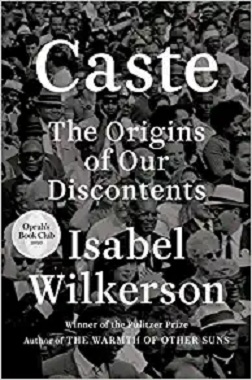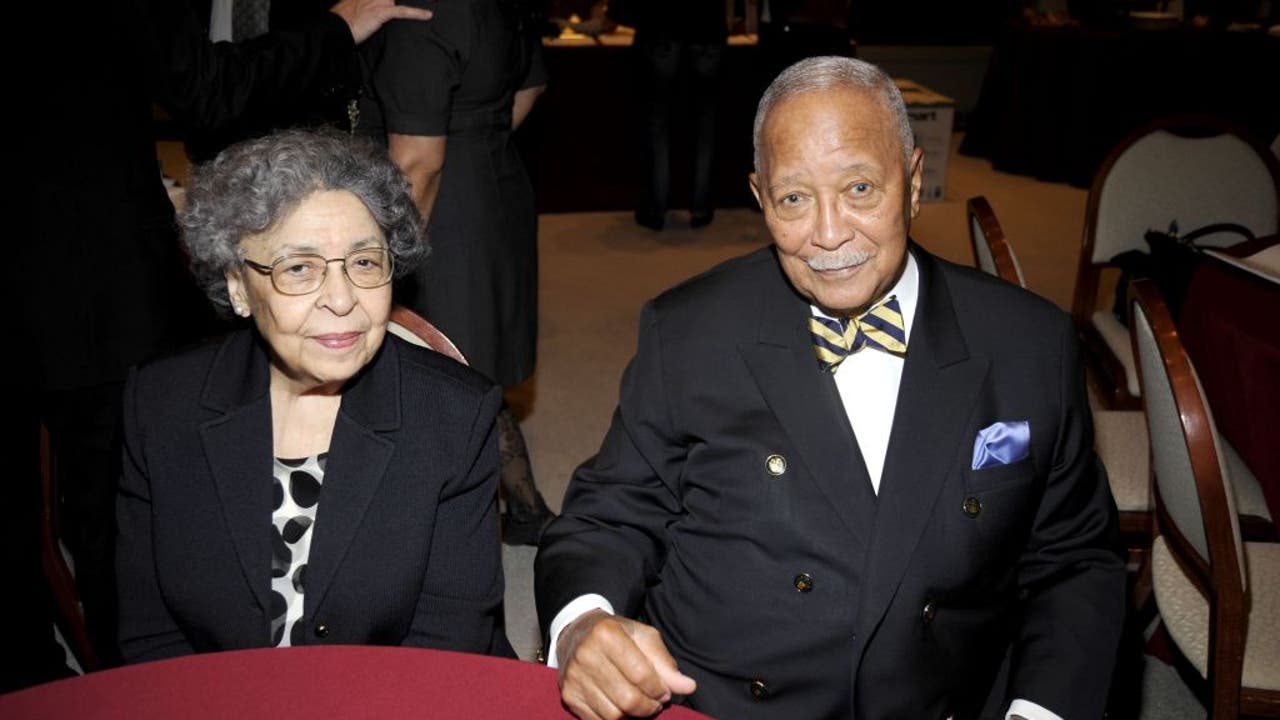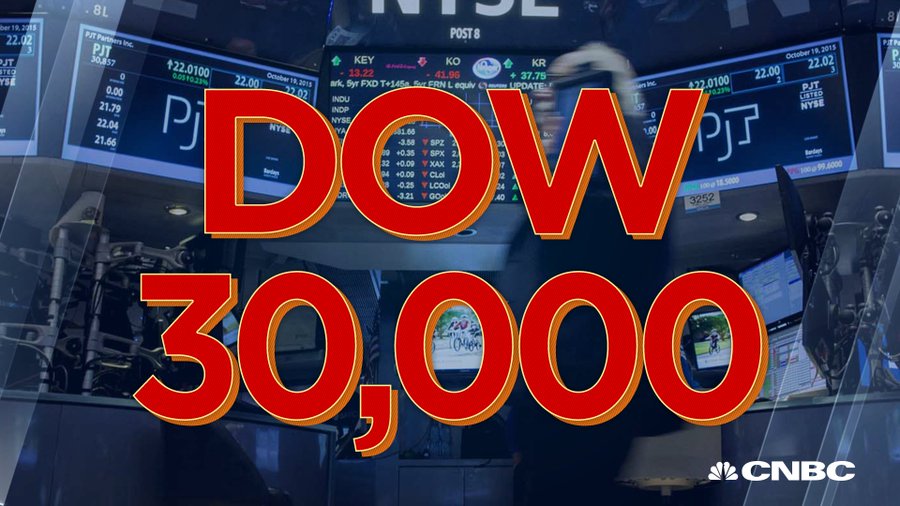
Dear Commons Community,
Will Wilkinson, a contributing opinion writer for The New York Times, has a piece today entitled, Why Did So Many Americans Vote for Trump? He does a good analysis of the strategy of the Democrats depending too much upon the ills of the pandemic while Republicans were exploiting displaced workers who desperately needed a paycheck. Here is an excerpt:
“Democrats needed to present a competing, compelling strategy to counter Republican messaging. Struggling workers and businesses never clearly heard exactly what they’d get if Democrats ran the show, and Democrats never came together to scream bloody murder that Republicans were refusing to give it to them. Democrats needed to underscore the depth of Republican failure by forcefully communicating what other countries had done to successfully control the virus. And they needed to promise to do the same through something like an Operation Warp Speed for testing and P.P.E. to get America safely back in business.
Instead, they whined that Mr. Trump’s negligence and incompetence were to blame for America’s economic woes and complained that Mitch McConnell wouldn’t even consider the House’s big relief bill. They weren’t wrong, but correctly assigning culpability did nothing to help working-class breadwinners who can’t bus tables, process chickens, sell smoothies or clean hotel rooms over Zoom.
The Republican message couldn’t have been clearer: Workers should be able to show up, clock in, earn a normal paycheck, pay the rent and feed their kids. Democrats were telling the same workers that we need to listen to science, reopening is premature, and the economy can’t be fully restored until we beat the virus. Correct! But how does that help when rent was due last week?
Make no mistake, it was unforgivably cruel of Republicans to force blue-collar and service workers to risk death for grocery money. Yet their disinformation campaign persuaded many millions of Americans that the risk was minimal and that Democrats were keeping their workplaces and schools closed, their customers and kids at home, and their wallets empty and cupboards bare for bogus reasons.
The president’s mendacious push to hastily reopen everything was less compelling to college-educated suburbanites, who tend to trust experts and can work from home, watch their kids and spare a laptop for online kindergarten. Mr. Trump lost the election mainly because he lost enough of these voters, including some moderate Republicans who otherwise voted straight Republican tickets.”
The entire article is below.
Wilkinson provides excellent insight – Listen up Democrats!
Tony
—————————————————————–
New York Times
Why Did So Many Americans Vote for Trump?
Contributing Opinion Writer
Nov. 27, 2020
President Trump’s disastrous mishandling of the coronavirus pandemic probably cost him re-election. Yet it seems mind-boggling that he still won more votes than any incumbent president in American history despite his dereliction of responsibility at a time of a once-in-a-century health crisis and economic devastation.
Why are President-elect Joe Biden’s margins so thin in the states that clinched his victory? And why did the president’s down-ticket enablers flourish in the turbulent, plague-torn conditions they helped bring about?
Democrats, struggling to make sense of it all, are locked in yet another round of mutual recrimination: They were either too progressive for swing voters — too socialist or aggressive with ambitious policies like the Green New Deal — or not progressive enough to inspire potential Democratic voters to show up or cross over.
But they should understand that there was really no way to avoid disappointment. Three factors — the logic of partisan polarization, which inaccurate polling obscured; the strength of the juiced pre-Covid-19 economy; and the success of Mr. Trump’s denialist, open-everything-up nonresponse to the pandemic — mostly explain why Democrats didn’t fare better.
This shocking strategy worked for Republicans, even if it didn’t pan out for the president himself. Moreover, it laid a trap that Democrats walked into — something they should understand and adjust for, as best they can, as they look ahead.
How could a president responsible for one of the gravest failures of governance in American history nevertheless maintain such rock-solid support? Democracy’s throw-the-bums-out feedback mechanism gets gummed up when the electorate disagrees about the identity of the bums, what did and didn’t occur on their watch and who deserves what share of the credit or blame.
When party affiliation becomes a central source of meaning and self-definition, reality itself becomes contested and verifiable facts turn into hot-button controversies. Elections can’t render an authoritative verdict on the performance of incumbents when partisans in a closely divided electorate tell wildly inconsistent stories about one another and the world they share.
Mr. Trump has a knack for leveraging the animosities of polarized partisanship to cleave his supporters from sources of credible information and inflame them with vilifying lies. This time, it wasn’t enough to save his bacon, which suggests that polarization hasn’t completely wrecked our democracy’s capacity for self-correction: Sweeping a medium-size city’s worth of dead Americans under the rug turned out to be too tall an order.
However, Mr. Trump’s relentless campaign to goose the economy by cutting taxes, running up enormous deficits and debt, and hectoring the Fed into not raising rates was working for millions of Americans. We tend to notice when we’re personally more prosperous than we were a few years before.
But the president’s catastrophic response to Covid-19 threw the economy into a tailspin. That is where it gets interesting — and Democrats get uncomfortable.
Mr. Trump abdicated responsibility, shifting the burden onto states and municipalities with busted budgets. He then waged a war of words against governors and mayors — especially Democrats — who refused to risk their citizens’ lives by allowing economic and social activity to resume.
He spurred his supporters to make light of the danger of infection, made the churlish refusal to wear masks into an emblem of emancipation from the despotism of experts and turned public health restrictions on businesses, schools and social gatherings into a tyrannical conspiracy to steal power by damaging the economy and his re-election prospects.
He succeeded in putting Democrats on the defensive about economic restrictions and school closures. As months passed and with no new relief coming from Washington, financially straitened Democratic states and cities had little choice but to ease restrictions on businesses just to keep the lights on. That seemed to concede the economic wisdom of the more permissive approach in majority-Republican states and fed into Mr. Trump’s false narrative of victory over the virus and a triumphant return to normalcy.
But Democrats weren’t destined to get quite as tangled in Mr. Trump’s trap as they did. They had no way to avoid it, but they could have been hurt less by it. They allowed Republicans to define the contrast between the parties’ approaches to the pandemic in terms of freedom versus exhausting, indefinite shutdowns.
Democrats needed to present a competing, compelling strategy to counter Republican messaging. Struggling workers and businesses never clearly heard exactly what they’d get if Democrats ran the show, and Democrats never came together to scream bloody murder that Republicans were refusing to give it to them. Democrats needed to underscore the depth of Republican failure by forcefully communicating what other countries had done to successfully control the virus. And they needed to promise to do the same through something like an Operation Warp Speed for testing and P.P.E. to get America safely back in business.
Instead, they whined that Mr. Trump’s negligence and incompetence were to blame for America’s economic woes and complained that Mitch McConnell wouldn’t even consider the House’s big relief bill. They weren’t wrong, but correctly assigning culpability did nothing to help working-class breadwinners who can’t bus tables, process chickens, sell smoothies or clean hotel rooms over Zoom.
The Republican message couldn’t have been clearer: Workers should be able to show up, clock in, earn a normal paycheck, pay the rent and feed their kids. Democrats were telling the same workers that we need to listen to science, reopening is premature, and the economy can’t be fully restored until we beat the virus. Correct! But how does that help when rent was due last week?
Make no mistake, it was unforgivably cruel of Republicans to force blue-collar and service workers to risk death for grocery money. Yet their disinformation campaign persuaded many millions of Americans that the risk was minimal and that Democrats were keeping their workplaces and schools closed, their customers and kids at home, and their wallets empty and cupboards bare for bogus reasons.
The president’s mendacious push to hastily reopen everything was less compelling to college-educated suburbanites, who tend to trust experts and can work from home, watch their kids and spare a laptop for online kindergarten. Mr. Trump lost the election mainly because he lost enough of these voters, including some moderate Republicans who otherwise voted straight Republican tickets.
Democrats need to rethink the idea that these voters would have put Democratic House and Senate candidates over the top if only Alexandria Ocasio-Cortez were less radiantly socialist. They need to accept that they took hits on the economy by failing to escape the trap Republicans set by doggedly refusing to do anything about the uncontained contagion destroying it.
And they need to understand how Mr. Trump saved his party by weaponizing polarization. Conservatives needed a way not to get spun by the president’s destabilizing act of disloyalty, so they steadied themselves by reaffirming their loyalty down the remainder of the ballot. They were voting against a personal crisis of identity, not the Green New Deal.
Democrats might have done better had sunny polls and their own biased partisan perceptions not misled them into believing that backlash to indisputably damning Republican failure would deliver an easy Senate majority — but not much better. Until the mind-bending spell of polarization breaks, everything that matters will be fiercely disputed and even the most egregious failures will continue to go unpunished.









